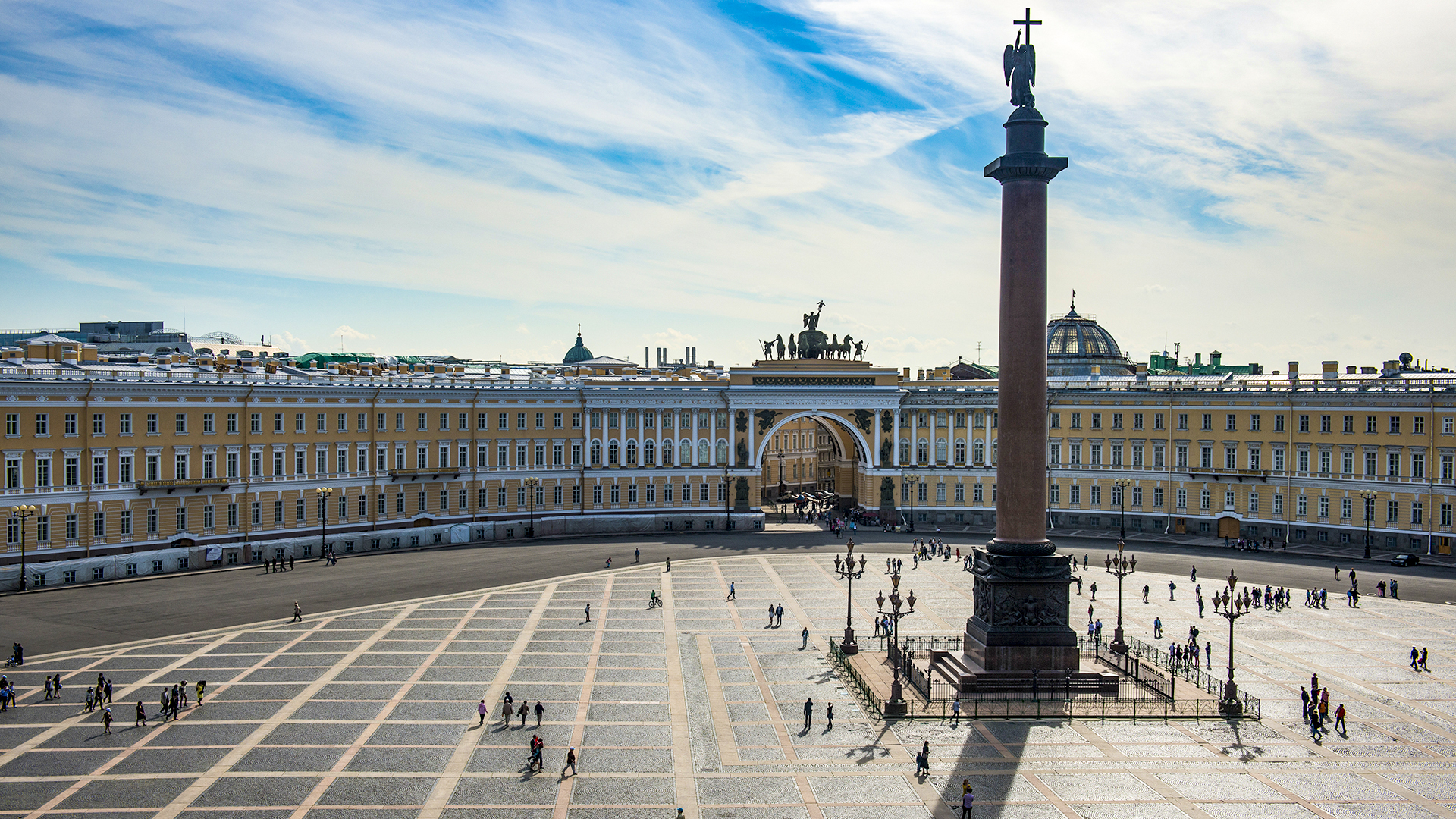
10 MAIN facts about the Cathedral of Christ the Savior in Moscow
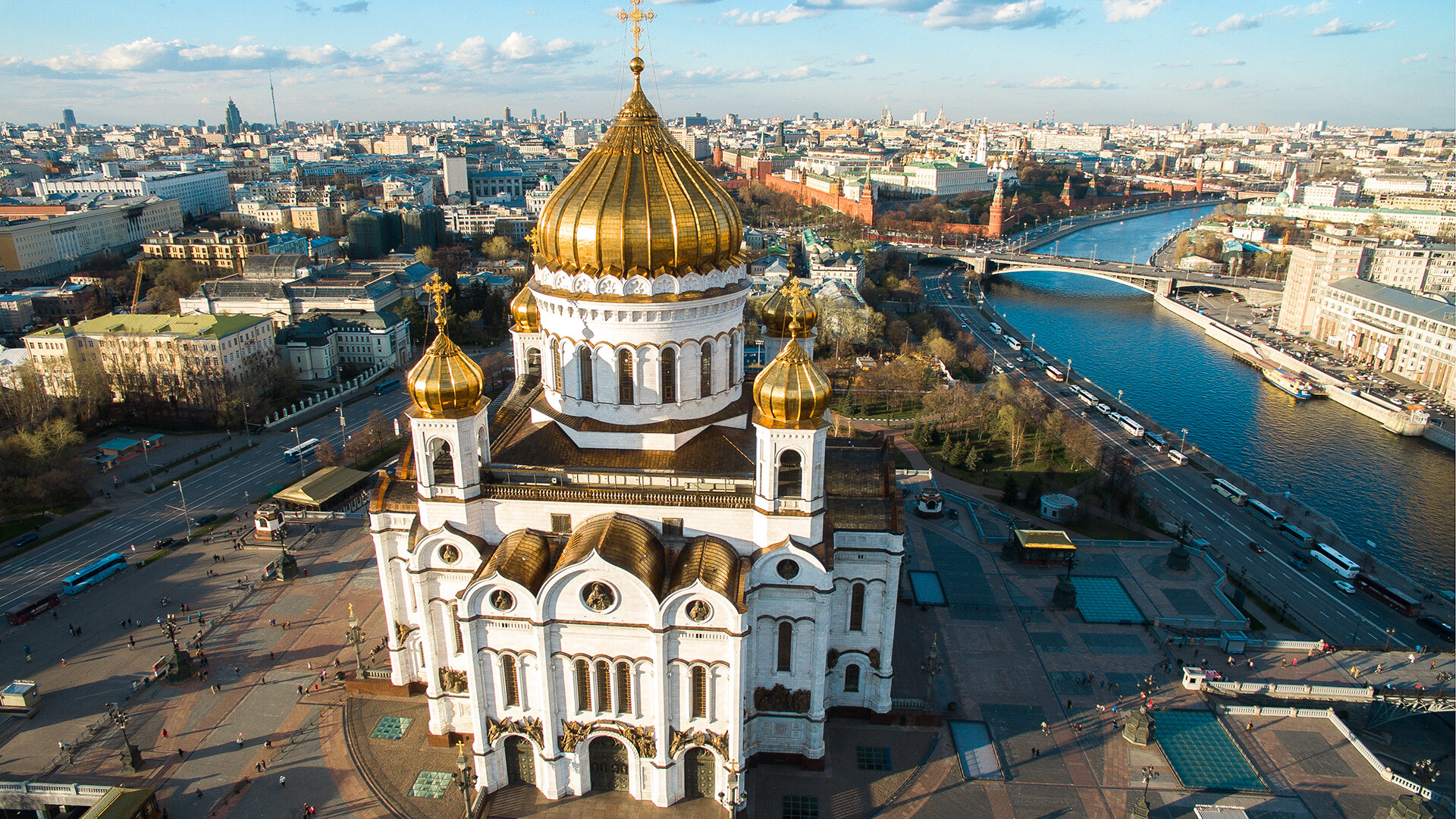
1. Memorial church in honor of victory in the War of 1812

The idea of building a memorial church was proposed by Maj-Gen Pyotr Kikin, a participant in the ‘Battle of Borodino’. Emperor Alexander I approved the plan and, on December 25, 1812, he published a manifesto declaring the intention to build a church in honor of Christ the Savior in Moscow. Before the Bolshevik Revolution, Russia not only celebrated Christmas on that day, but also a holiday "commemorating the deliverance of the Russian Church and Empire from the invasion of the Gauls and twenty nations allied with them".
The tradition of votive churches (as a reminder of a victory and as gratitude to God for one or in memory of the fallen) had existed in Russia since olden times. Ivan the Terrible had the Cathedral of the Intercession on the Moat (St. Basil's Cathedral) built to mark victory over Kazan, while the Kazan Cathedral on the Red Square was erected in honor of victory over the Polish-Lithuanian Army in the 1612 Battle of Moscow. Empress Elizaveta Petrovna (Elizabeth of Russia) ordered the construction of the Transfiguration (Spaso-Preobrazhensky) Cathedral - the empress had come to the throne with the help of the Preobrazhensky Life Guards Regiment. And the Naval Cathedral of St. Nicholas in Kronstadt is dedicated to the memory of seamen killed in battle.
2. It could have been built on Vorobyovy Gory(‘Sparrow Hills’)
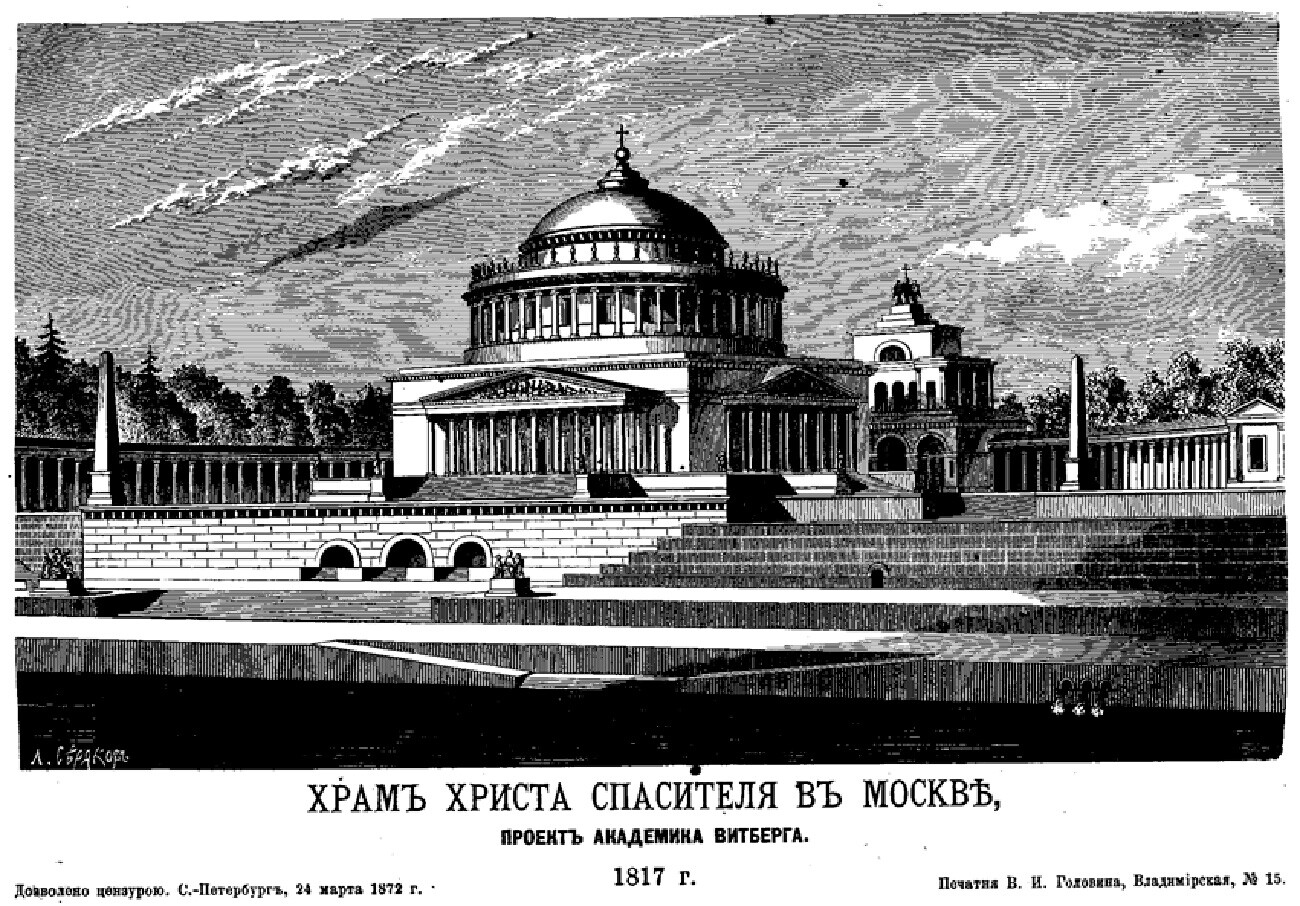
Russia's most famous architects of the time took part in the design competition for the cathedral, including Andrey Voronikhin, Aleksei Melnikov and Vasily Stasov. But, Alexander I chose artist Aleksandr Vitberg, whose design the emperor hailed with the words: "You made the stones speak!"
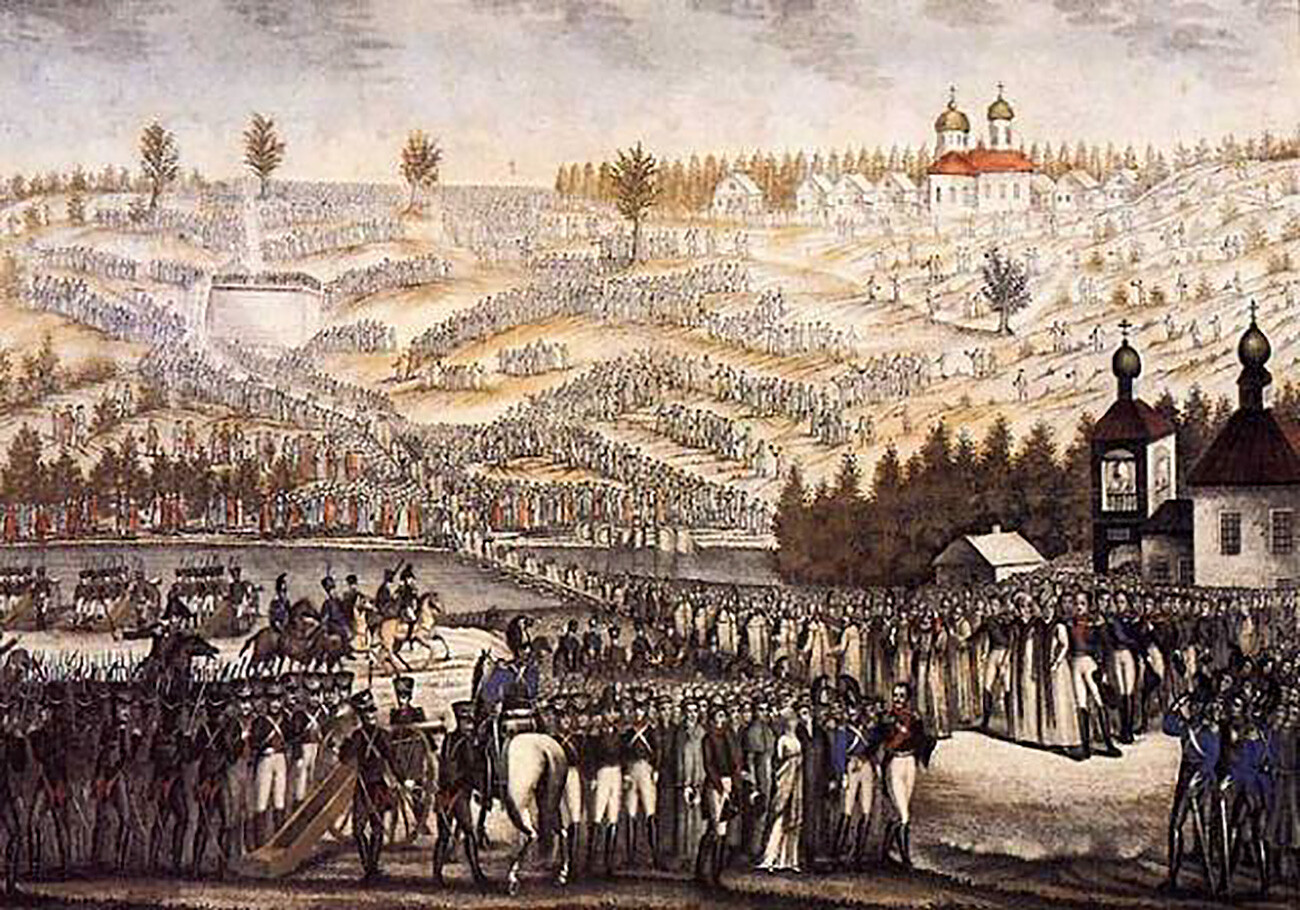
A huge cathedral 240 meters high with a hall of fame for the fallen, a colonnade with a display of trophy weapons and numerous monuments to members of the military was planned to be built on Vorobyovy Gory. The choice of site was not accidental. The cathedral would have stood between the Smolensk and Kaluga roads: The French had used the one to enter Moscow and the other to leave the city. Construction began in 1817, however, difficulties ensued and, seven years later, the project was frozen.
3. It was built under four emperors
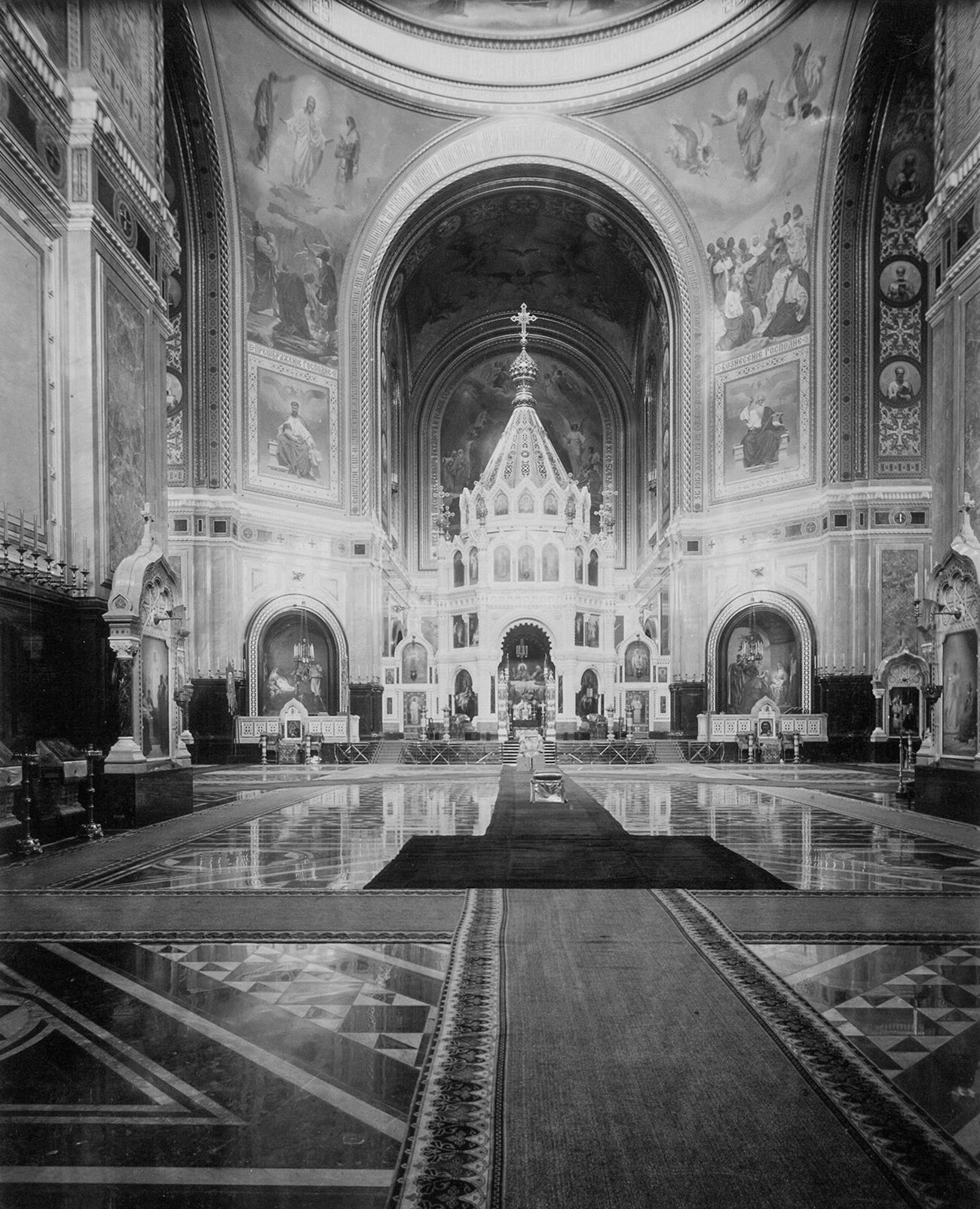
Nicholas I, who came after Alexander I, announced a new competition and the winner, in 1831, was a project in Russian Byzantine style by Konstantin Thon, architect of the Grand Kremlin Palace. It was decided to build the Cathedral of Christ the Savior in the neighborhood of Chertolye near the Kremlin. For that, the Alexeyevsky Convent and the Church of All the Saints, which stood on the site, had to be demolished. The cathedral took 44 years to build, using public donations. It was completed under Alexander II and only consecrated in 1883, after the coronation of Alexander III.
4. It was blown up in 1931
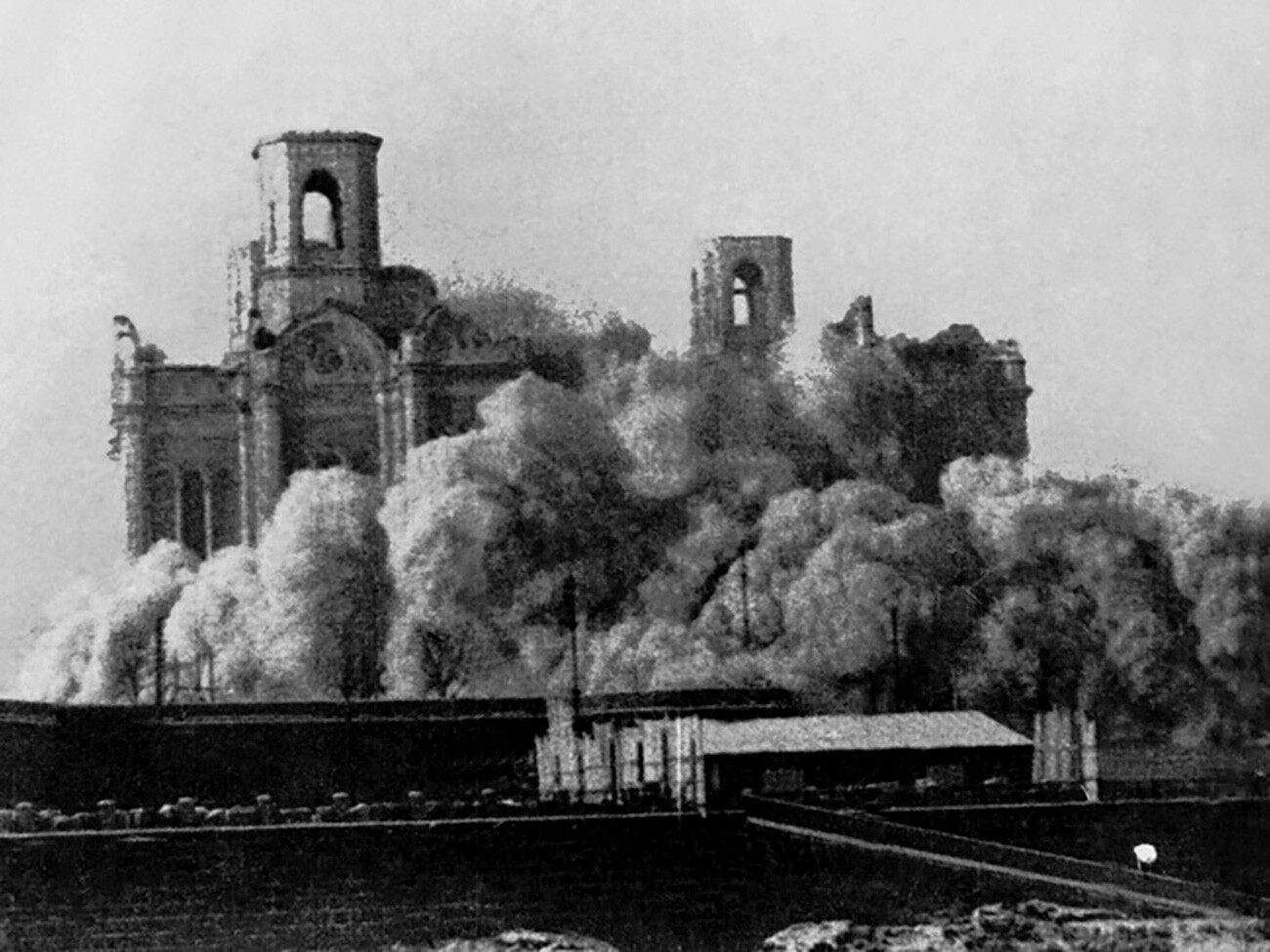
The cathedral stayed open for a certain time after the Bolshevik Revolution, but, in the Summer of 1931, it was decided to erect a gigantic ‘Palace of the Soviets’ skyscraper on the site. Sessions of the USSR Supreme Soviet and party congresses and rallies were supposed to be held in the new building, which was to be 415 meters in height and topped by an enormous statue of Lenin. In December 1931, the area around Ostozhenka, Volkhonka and Prechistenka streets shook from the terrible explosions set off during demolition of the cathedral. It took another year and a half to clear the ruins and some mementos and works of art managed to be saved. The ‘Palace of the Soviets’ never saw the light of day, however: The start of World War II saw to that. The site, which is in close proximity to the Kremlin, did not stand empty for long, though: In 1960, the ‘Moskva’ open-air swimming pool was built on the spot where the destroyed cathedral had once stood. It operated until 1994.
5. Gagarin said he regretted the destruction of the cathedral
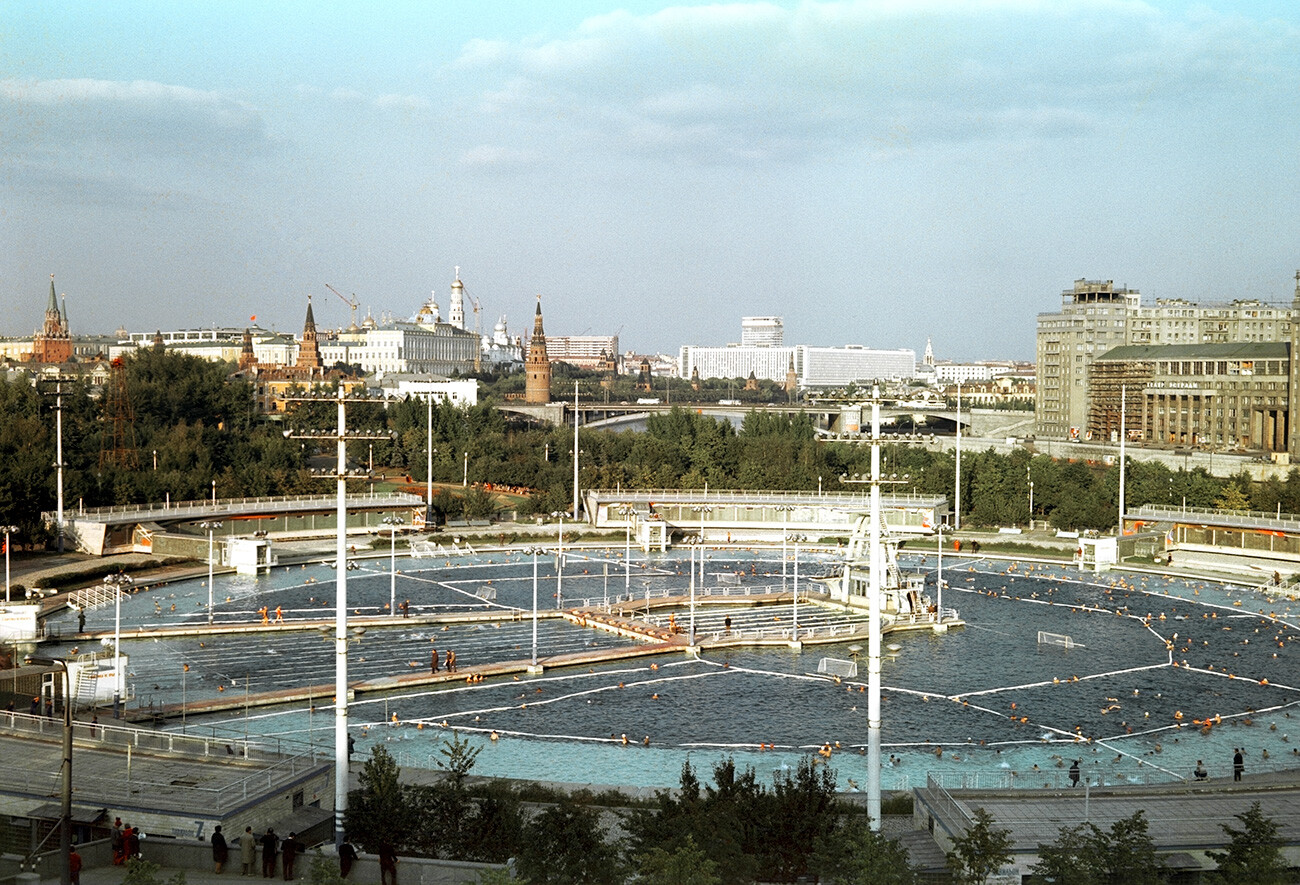
The idea of restoring the cathedral was mooted in the late 1980s. But, one of the first people to mention it was the famous cosmonaut Yuri Gagarin. At a plenum of the Komsomol Central Committee in 1965, he talked about how the country's important monuments had not survived: "Moscow's 1812 Triumphal Arch was pulled down and has never been rebuilt and the Cathedral of Christ the Savior, erected with money collected throughout the country to commemorate the victory over Napoleon, was demolished. I could continue the list of casualties of this barbaric attitude to the memory of the past. Regrettably, there are many such examples."
6. The decoration of the rebuilt cathedral was recreated according to old drawings

The reconstructed Cathedral of Christ the Savior opened to worshipers on December 31, 1999. Architects and artists spent five years carefully recreating its external appearance and interior decoration. The facade, as before, is adorned with 48 high reliefs on subjects from Biblical and Russian history and figures of saints whose commemoration days fall on the dates of battles of the Patriotic War of 1812.

And the lower gallery of the cathedral, as in the original building, displays plaques listing the names of heroes of the war of 1812. On the main altar is the surviving throne of Patriarch Tikhon. Iulian Rukavishnikov, Vladimir Tsigal and Dmitry Tugarinov worked on the new sculptures. Zurab Tsereteli recreated the cathedral's crosses, doors and large ceiling lights, while Evgeny Maksimov, Vasily Nesterenko, Sergei Ossovsky, Nikolai Mukhin and Vladimir Ananyev all worked on the frescoes and paintings.
7. Russia's biggest & most important church
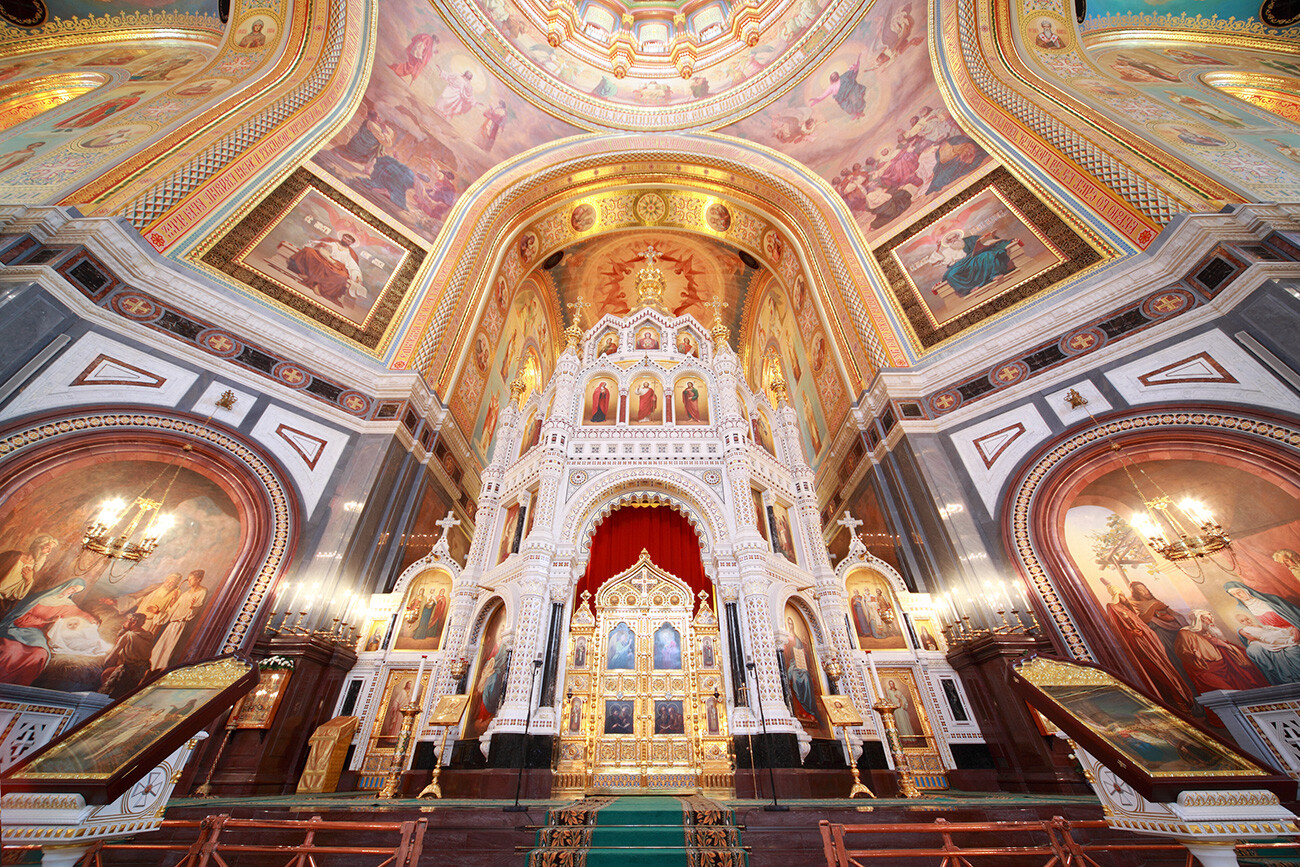
Services in the Cathedral of Christ the Savior are conducted by the Patriarch of Moscow and All Russia. It is also considered to be the biggest (capacity of up to 10,000 worshipers) and tallest (103 meters) church in Russia.
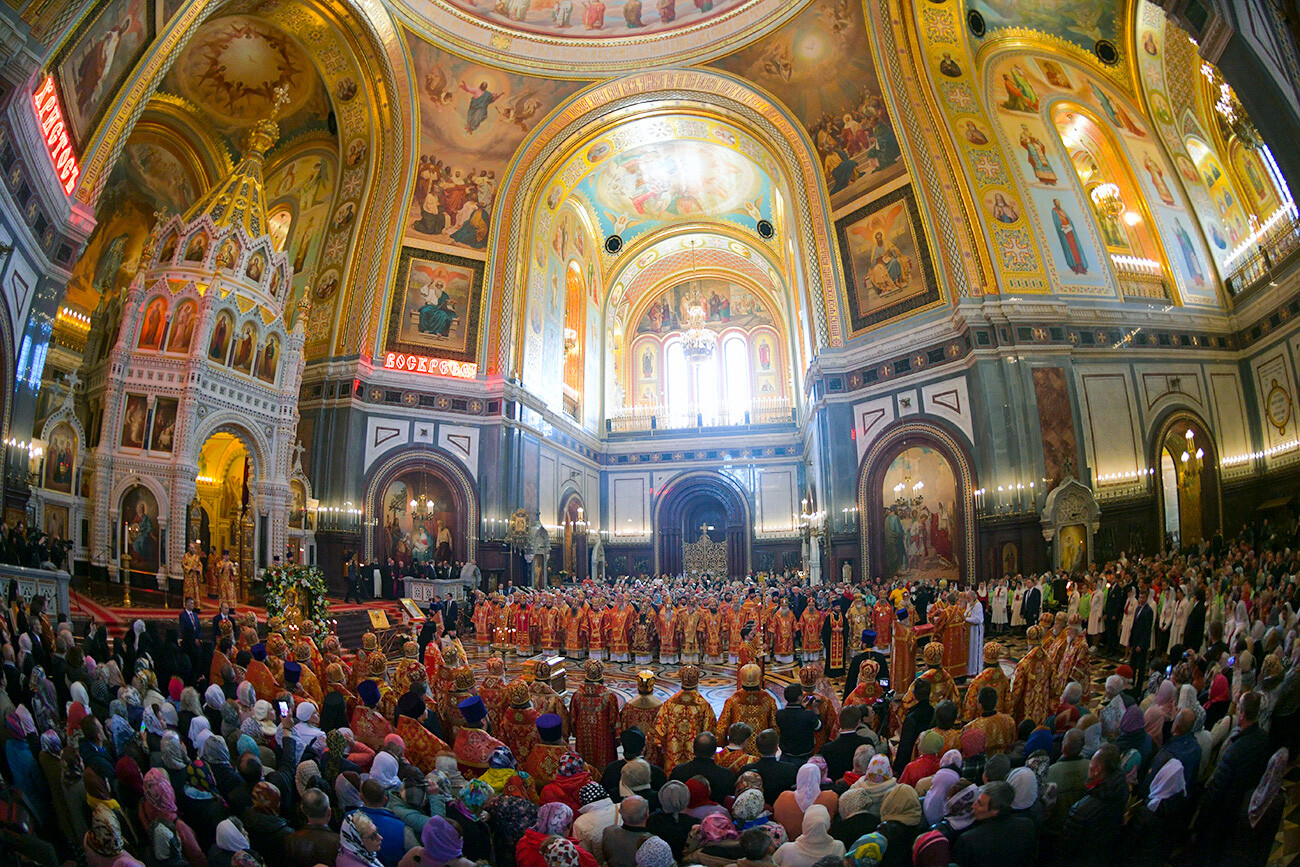
The cathedral complex includes the upper church of Christ the Savior, the lower Church of the Transfiguration of the Savior (built to commemorate the Alexeyevsky Convent) and a stylobate part, which houses a museum and the Hall of Church Councils.
8. Religious relics & sacred objects are preserved there
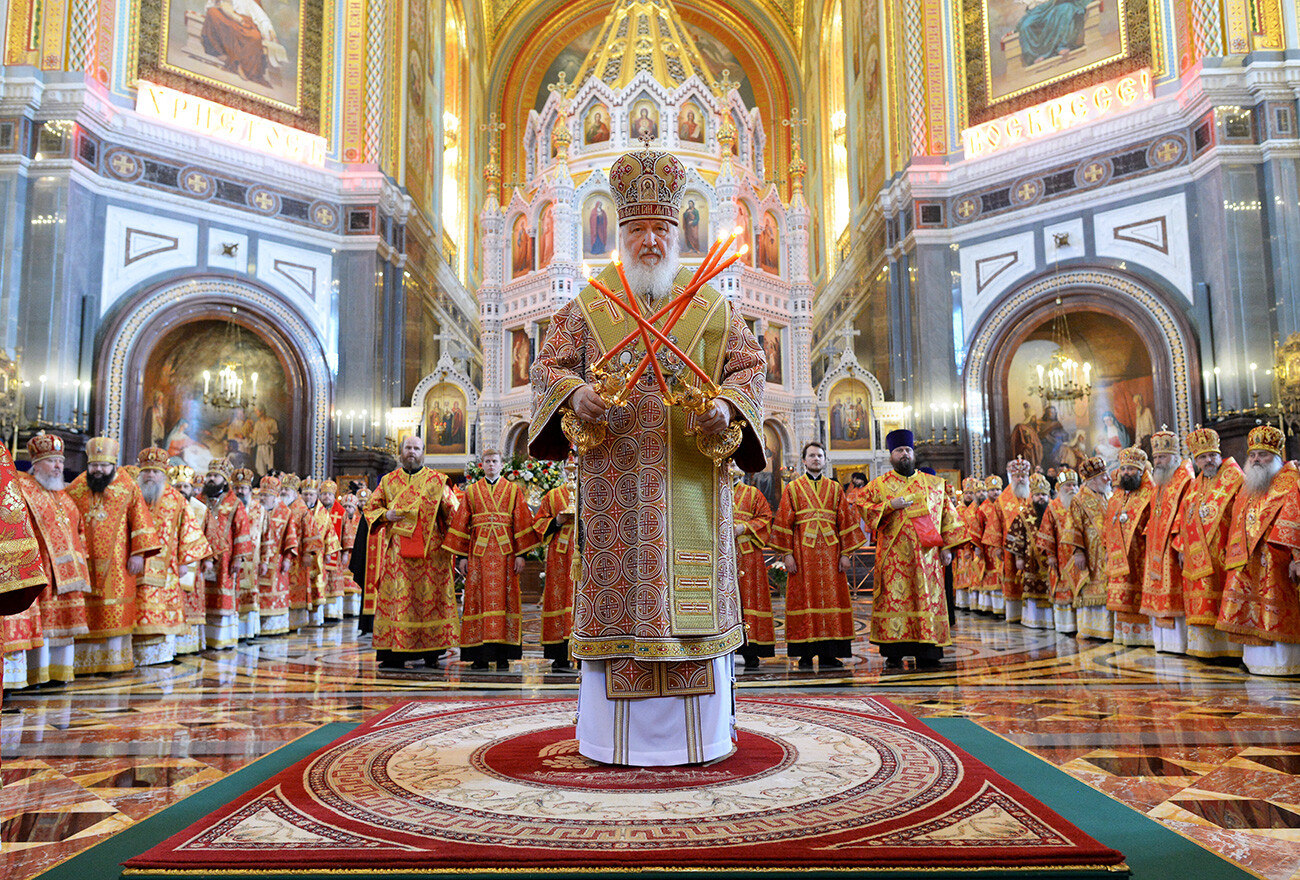
The cathedral holds the relics of John the Baptist and Prince Alexander Nevsky, a nail from the crucifixion, a piece of the robe of Christ and also a fragment believed to be from the robe of the Mother of God.
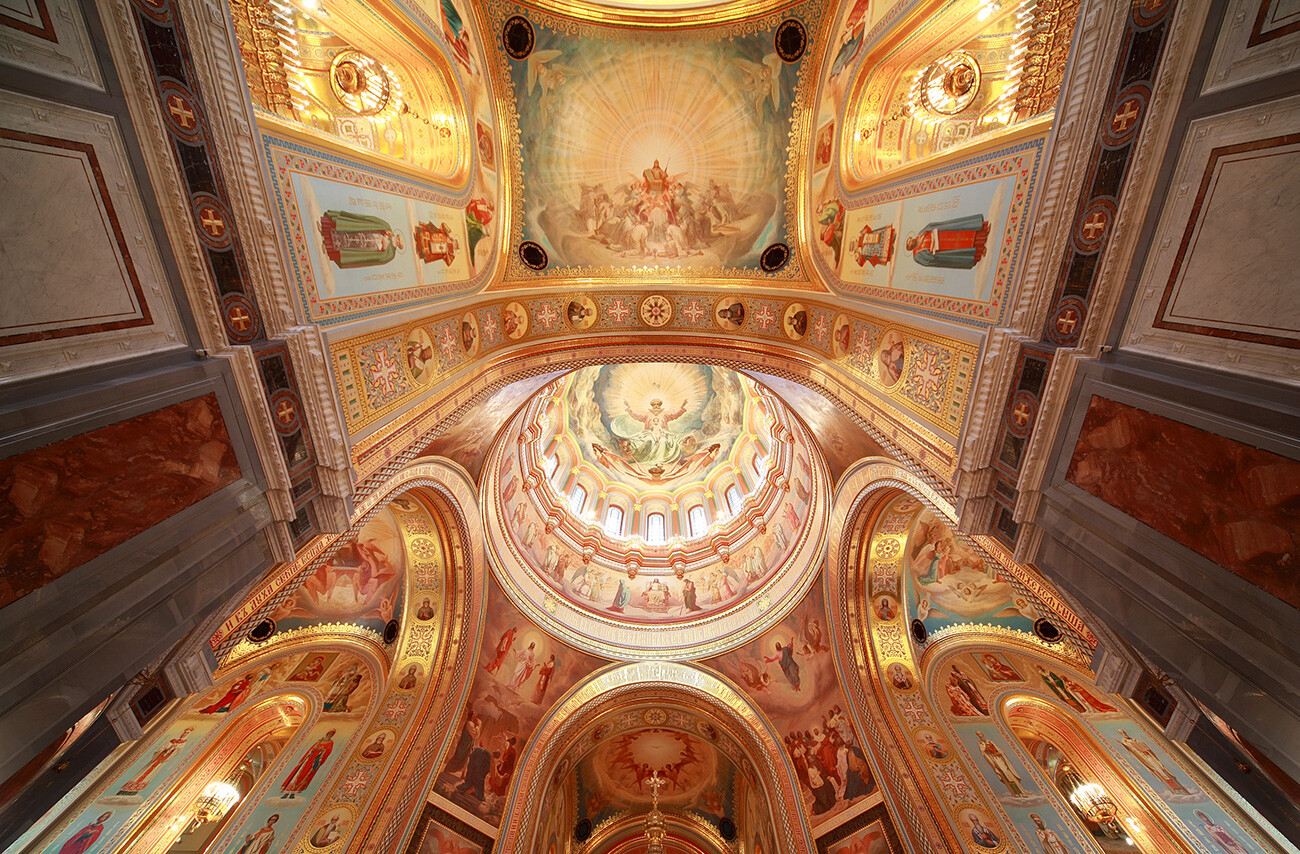
9. Surviving objects from the old cathedral
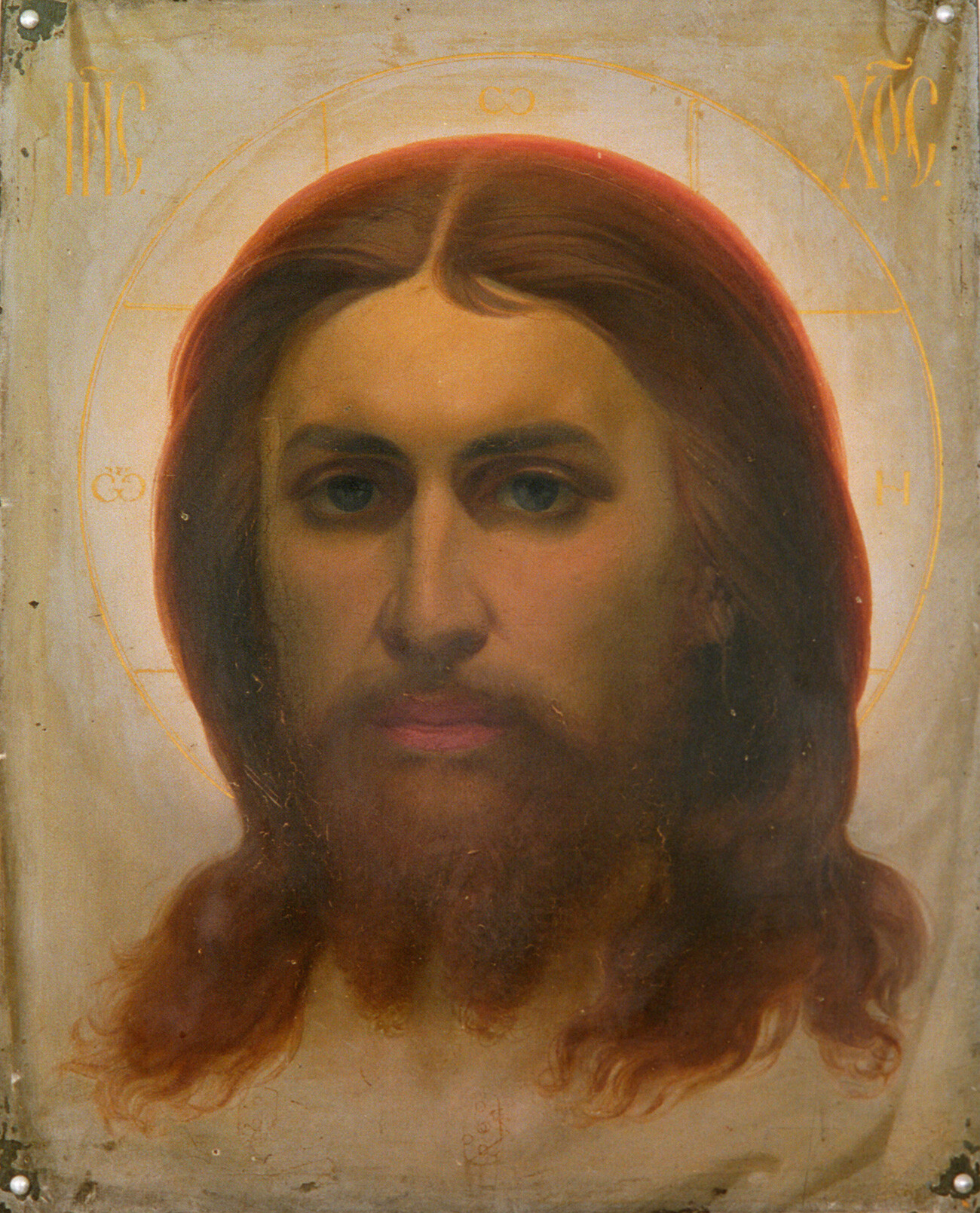
In the Church of the Transfiguration of the Savior, which is located on the lower level, the only surviving icon from the original cathedral - the 'Savior Not Made by Hands', painted by Yevgraf Sorokin - is to be found. The sanctuary of the cathedral also houses Vasily Vereshchagin's canvases 'Ecce Homo', 'The Bearing of the Cross', 'The Agony in the Garden', 'The Descent from the Cross', 'The Crucifixion' and 'The Entombment', which were saved from destruction in the 1930s.
10. It has a viewing platform
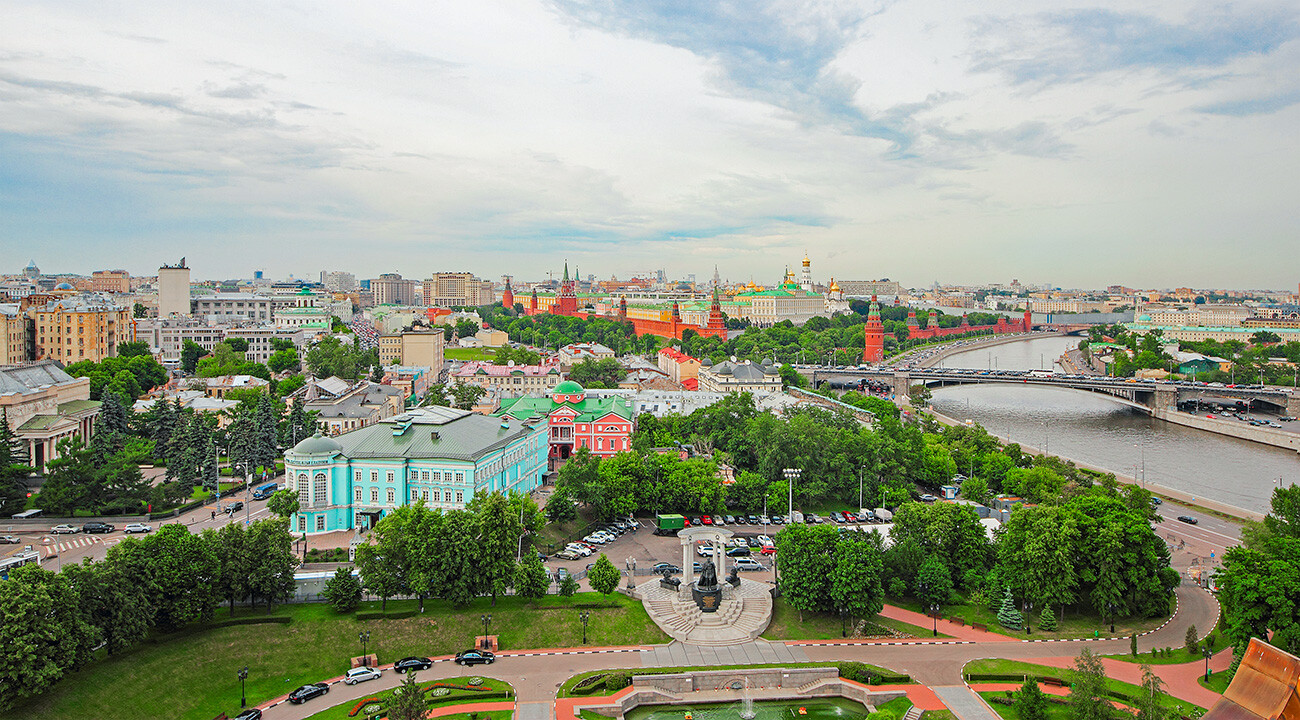
Strictly speaking, the Cathedral of Christ the Savior has more than one viewing platform. In fact, there are four - located at a height of 40 meters between its bell towers. Fabulous views of Moscow open up from the covered galleries. The viewing platform can be accessed during the cathedral's opening hours - tickets can be purchased at the main entrance.




